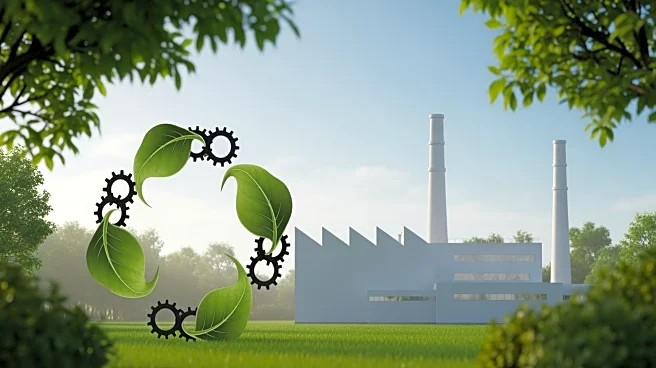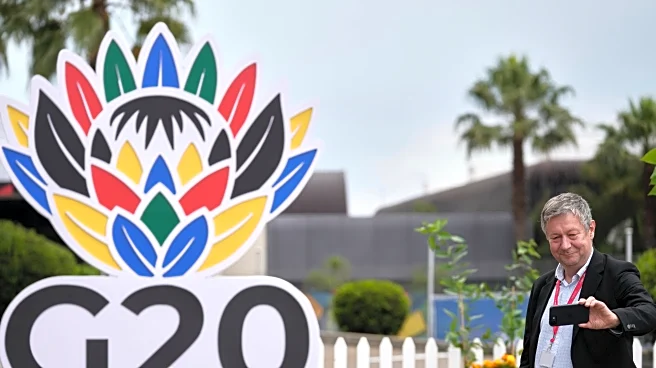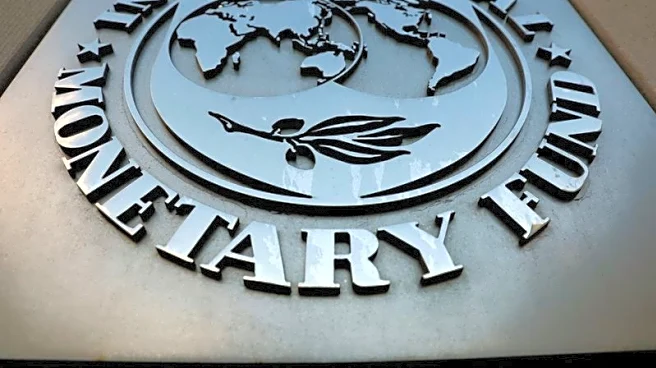What's Happening?
SAGS Apparels, a garment manufacturing facility in Tiruppur, India, has become a model for net-zero industrial design following the imposition of a 50% tariff on Indian textile exports by President Trump
in August 2025. The facility, designed by architect Arun Prasad Prakashan, emphasizes sustainability with features like a dynamic glass facade, energy-efficient air-cooling systems, and a 250-KW solar photovoltaic system. The building meets LEED Platinum standards, focusing on reducing environmental footprints and achieving net-zero energy, water, waste, and carbon emissions. The facility also uses 100% organic and fair trade cotton, exporting to premium clients in Germany. The project highlights the importance of sustainable practices in the face of international trade challenges.
Why It's Important?
The development of SAGS Apparels as a net-zero facility underscores the growing importance of sustainable industrial practices, especially in the context of international trade tensions. The U.S. tariff on Indian textiles has prompted a shift towards resilience and innovation in the industry. By achieving net-zero status, SAGS Apparels not only reduces its environmental impact but also enhances its competitiveness in the global market, particularly in regions with stringent sustainability norms like the European Union. This move could inspire other small and medium enterprises (MSMEs) to adopt similar practices, potentially leading to broader industry shifts towards sustainability.
What's Next?
As international trade dynamics continue to evolve, more companies may be compelled to adopt sustainable practices to remain competitive. The success of SAGS Apparels could serve as a blueprint for other manufacturers facing similar challenges. Additionally, with potential regulatory changes such as a 'carbon tax' in the European Union, the emphasis on sustainability is likely to increase. This could lead to more widespread adoption of green building standards and renewable energy solutions in the manufacturing sector.
Beyond the Headlines
The shift towards sustainable industrial design has broader implications for environmental policy and economic development. By reducing carbon emissions and resource consumption, facilities like SAGS Apparels contribute to global efforts to combat climate change. This approach also aligns with consumer preferences for environmentally friendly products, potentially driving demand for sustainable goods. Furthermore, the integration of technology, such as the Internet of Things (IoT), in managing resources efficiently, highlights the role of innovation in achieving sustainability goals.














